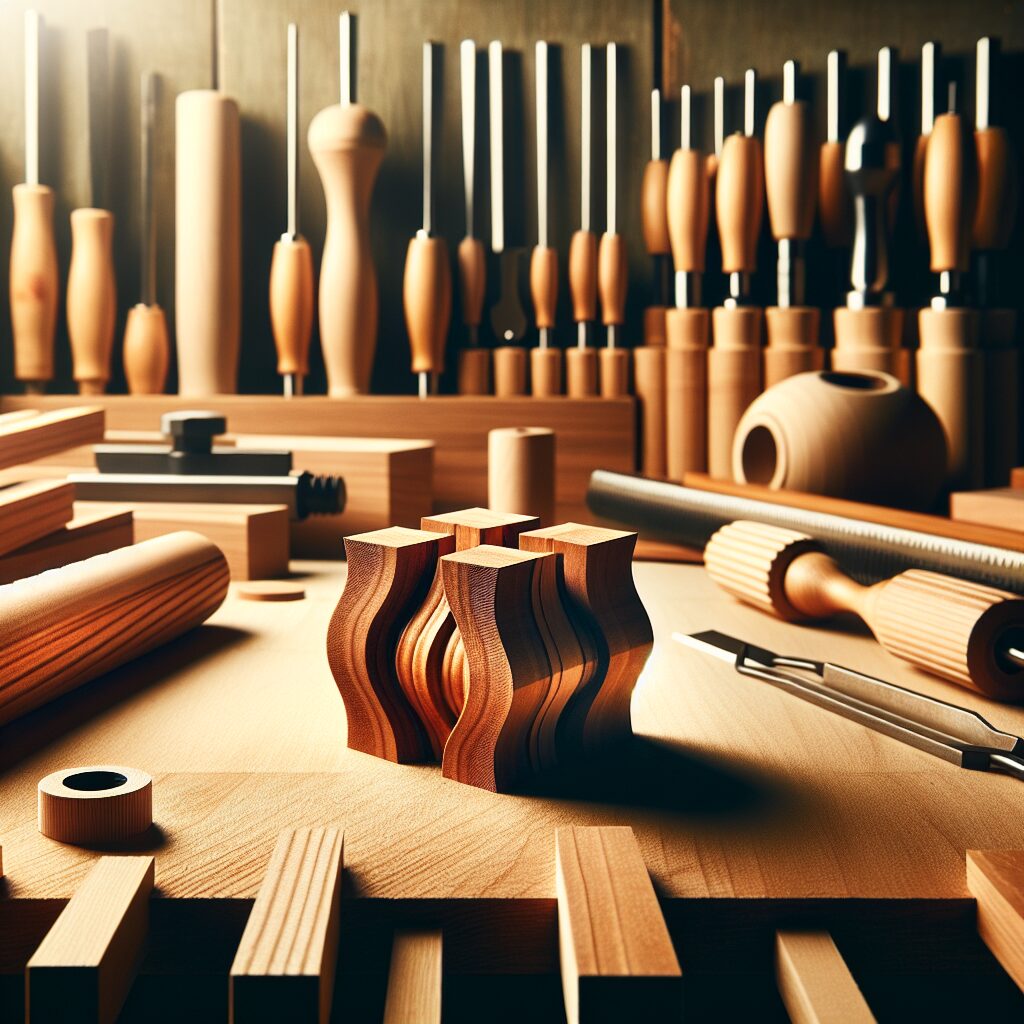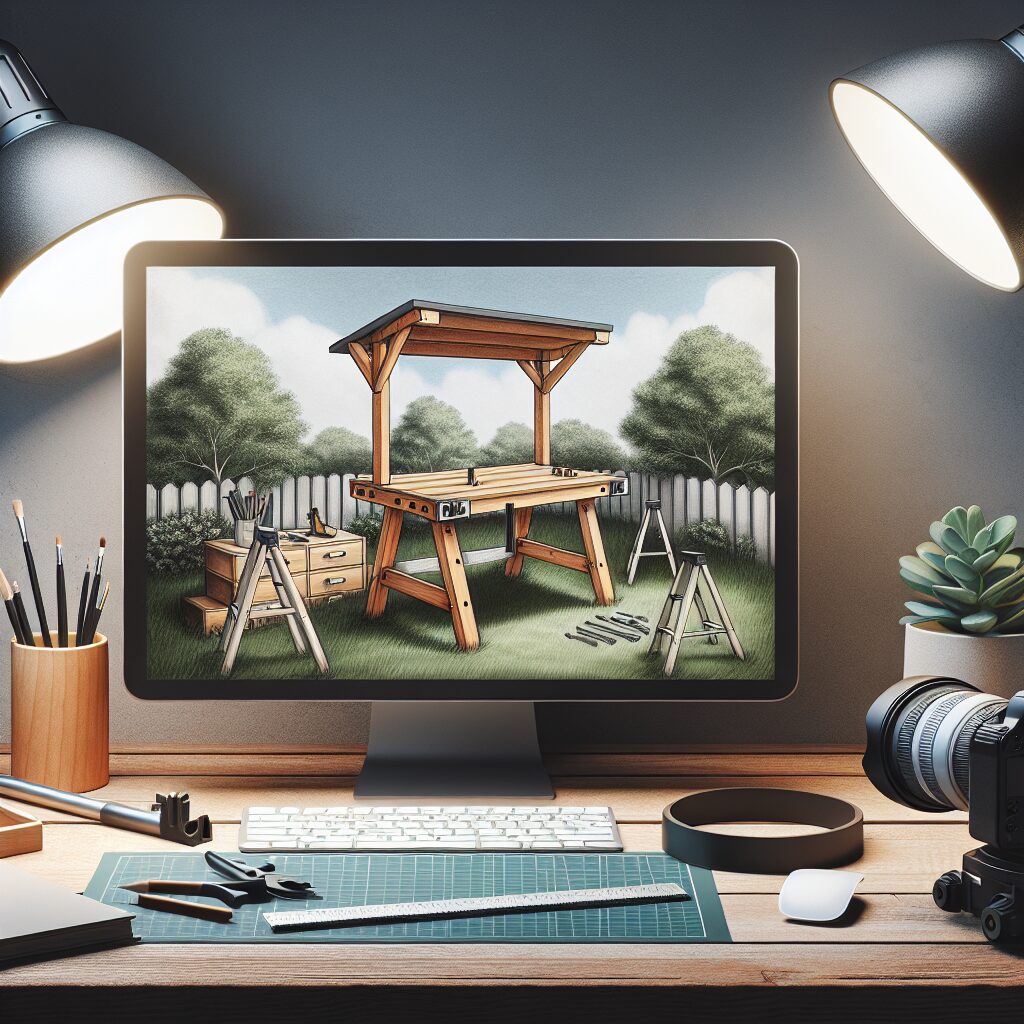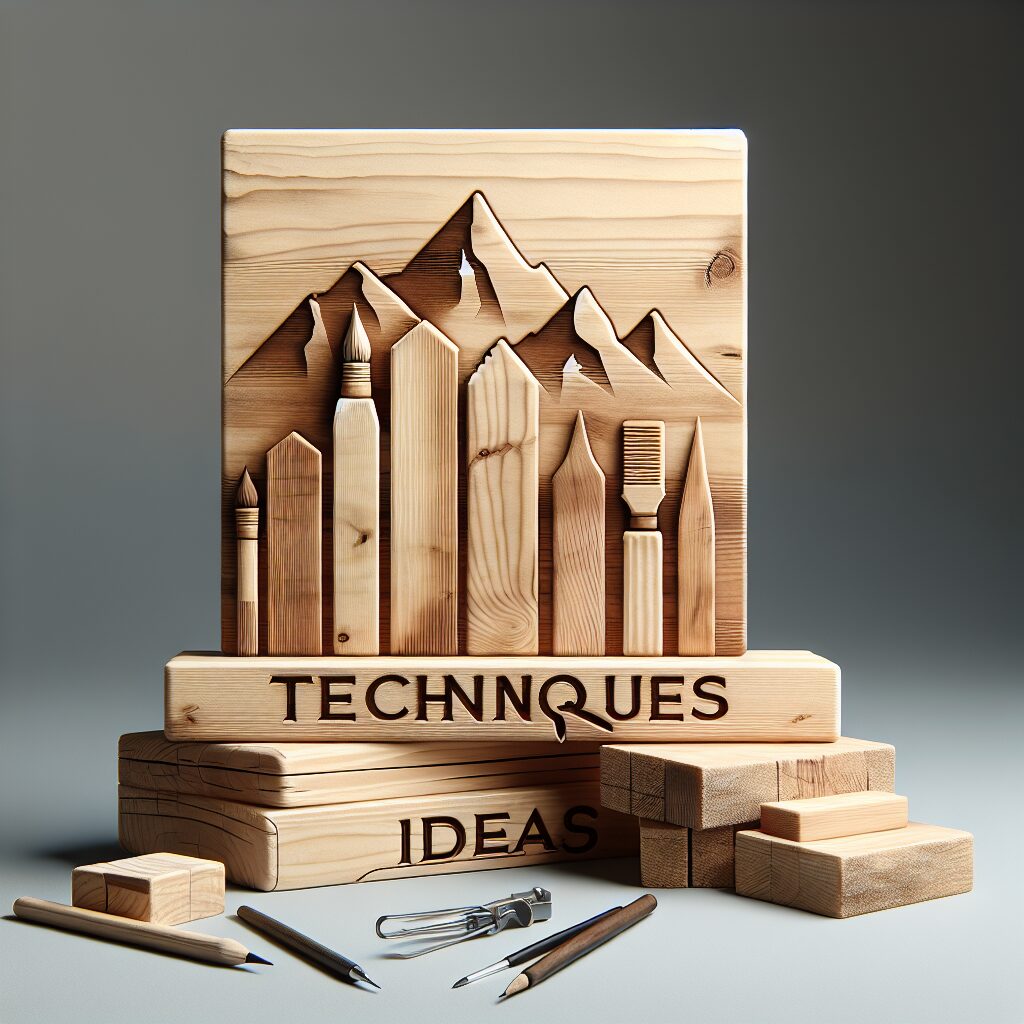Floating shelves are the perfect blend of function and style. Whether you’re decorating a minimalist apartment, organizing a cluttered room, or just showing off your woodworking skills, learning how to build a floating shelf can transform your space. This guide walks you through everything you need to know—from choosing materials to mounting your shelf securely—with SEO-rich content designed to help you find exactly what you’re looking for.
Why Build a Floating Shelf?
Before diving into the DIY steps, let’s talk about why floating shelves are so popular:
- Modern Look: They provide a clean, minimalist appearance.
- Space-Saving: Perfect for tight areas where floor space is limited.
- Customizable: You control the size, wood type, finish, and placement.
- Inexpensive: Much cheaper than store-bought options when built yourself.
Whether you’re upgrading your home office, kitchen, or bedroom, floating shelves add both function and flair.
Tools and Materials You’ll Need
To build a sturdy and stylish floating shelf, gather the following:
Tools:
- Power drill
- Screwdriver
- Stud finder
- Level
- Measuring tape
- Saw (circular or miter)
- Sandpaper or orbital sander
- Clamps (optional)
Materials:
- Wood board (typically 2″ x 10″ x desired shelf length)
- Wood screws
- Wall anchors or toggle bolts
- Wood glue
- Mounting bracket (hidden/floating bracket system)
- Stain or paint (optional)
- Polyurethane or sealer (optional)
Step-by-Step Instructions to Build a Floating Shelf
Step 1: Choose the Right Wood
Pick a board that fits your room’s aesthetic and supports the intended weight. Popular choices include:
- Pine (affordable and easy to work with)
- Oak (durable and classic)
- Walnut (rich and upscale)
📌 Tip: For heavy-duty shelves, go with hardwood.
Step 2: Cut the Board to Size
Measure and cut the board to your desired length. A standard floating shelf is between 18–36 inches long, but adjust according to your needs.
📌 Pro Tip: Double-check wall space and furniture alignment before cutting.
Step 3: Sand and Finish the Wood
Sand the entire board to smooth out edges and remove any splinters or mill marks. Apply your desired wood stain or paint and let it dry thoroughly. Seal with polyurethane for durability.
Step 4: Prepare the Wall
Use a stud finder to locate studs where you’ll mount the shelf. Mark your drilling spots with a pencil.
- No studs? Use heavy-duty wall anchors or toggle bolts.
- Want more weight support? Always anchor at least one screw into a stud.
Step 5: Install the Bracket or Mount
Most floating shelves use a hidden bracket system that goes inside the shelf. Install the bracket on the wall first:
- Level it before drilling.
- Use appropriate anchors or screws.
- Secure tightly—this is the foundation of your shelf’s strength.
Step 6: Hollow Out the Shelf (If Needed)
If your bracket fits inside the shelf, use a chisel or router to create a channel or hollow space. This step depends on the bracket design.
Step 7: Mount the Shelf
Slide the shelf onto the bracket. You can add wood glue for extra security or use hidden set screws to lock it in place.
🎉 That’s it! Your shelf is now ready to decorate!
How Much Weight Can a Floating Shelf Hold?
A well-installed floating shelf anchored into studs can typically hold 30–75 lbs. If using only drywall anchors, limit the load to 15–30 lbs.
📌 Heavier loads? Consider using steel floating shelf brackets and hardwood material.
Design Ideas for Your DIY Floating Shelf
Once you’ve learned how to build a floating shelf, try these creative applications:
- Kitchen: Display glassware, cookbooks, or spices.
- Living Room: Showcase art, plants, and decor items.
- Bathroom: Organize toiletries and add style.
- Bedroom: Replace nightstands or create a reading nook.
- Home Office: Store books, tools, or technology.
FAQs About Building a Floating Shelf
Q: Can I build a floating shelf without power tools?
A: It’s possible using hand tools, but a power drill and saw make the job faster and safer.
Q: How do I make sure the shelf is level?
A: Use a bubble level while installing the bracket and again after mounting the shelf.
Q: Do I need to seal the shelf?
A: If you’re using it in kitchens or bathrooms, sealing helps protect against moisture.
Final Thoughts: Build a Floating Shelf You’ll Be Proud Of
Now that you know how to build a floating shelf, it’s time to put your skills to use. Not only will you save money and learn a valuable DIY skill, but you’ll also create something custom for your space.
Remember:
- Take your time with measuring and leveling.
- Use quality materials for better durability.
- Don’t skip the finishing steps—they make a big visual difference.
If you found this tutorial helpful, consider bookmarking it or sharing with a fellow DIYer. Building your first floating shelf might just spark a whole new hobby in woodworking!






